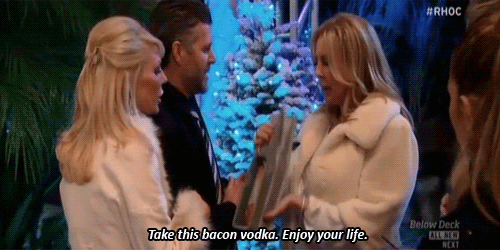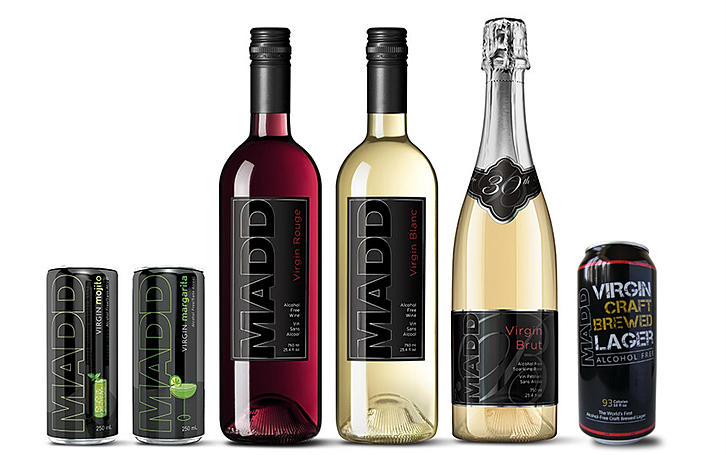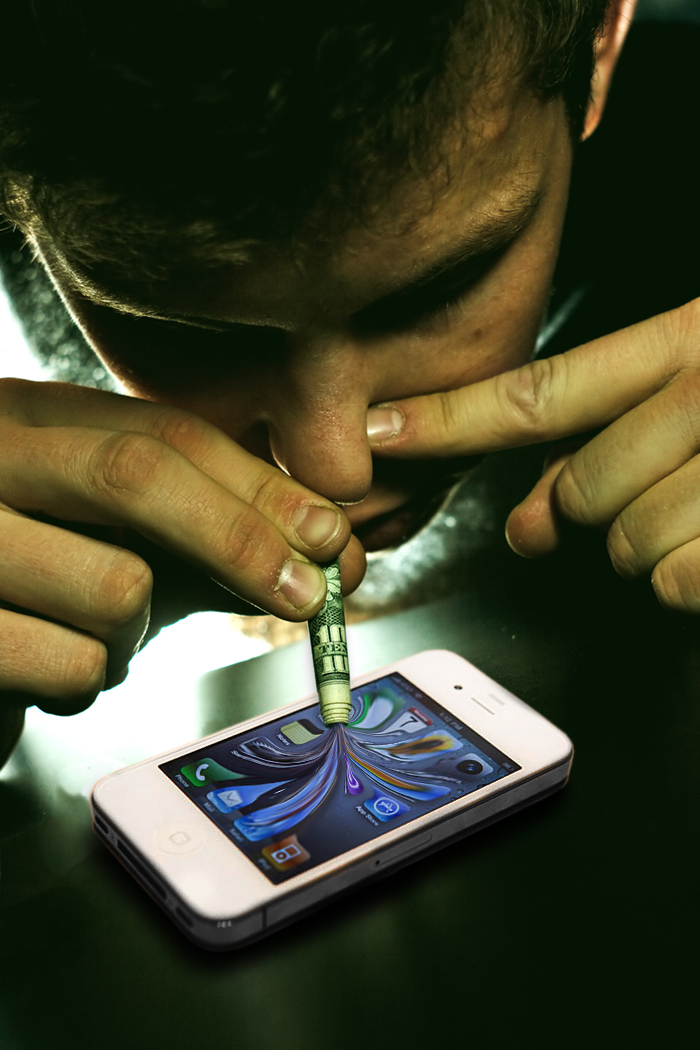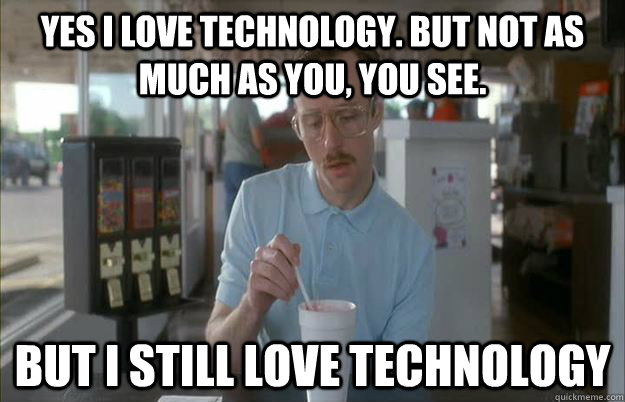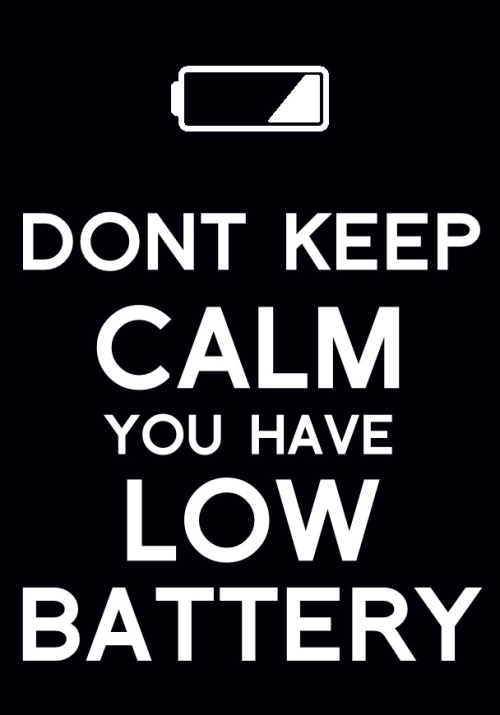As most of you know, it was
recently Christmas! A day to celebrate with family and friends, feast upon
turkey and sweets, spend quality time together and let’s not forget opening
gifts. Some people realize that spending time loved ones is a much more
significant gift than any material object. So why does our society continue to
purchase gifts and consume more around this time of year?
This year I found myself not only getting gifts for my immediate family, but also for the family of my boyfriend. I started thinking to myself, yes I do enjoy their family and company, but why as consumers are we inclined to make purchases for people who may may not know well. One concept I learnt in university was about gift giving, more specifically about reciprocity norm.
This year I found myself not only getting gifts for my immediate family, but also for the family of my boyfriend. I started thinking to myself, yes I do enjoy their family and company, but why as consumers are we inclined to make purchases for people who may may not know well. One concept I learnt in university was about gift giving, more specifically about reciprocity norm.
Reciprocity norm is the feeling
of obligation to return the gesture of a gift with equal value (Solomon 2014). For
example, this year I knew my boyfriend’s parents were going to give me a gift
for Christmas. I felt the obligation to present them with a gift when we would visit next for the holidays. In this example, even
though I felt obligated to give them a gift, it was a pleasant feeling as I enjoy their company and have a friendship with them.
Another example however is an old friend of mine who recently got in contact. In the past, we would send each other gifts in the mail since they live in the United States. In the past few years however, we did not exchange gifts and our friendship has since faded. This year however, they suggested we exchange gifts again and even though I have no idea what their preference of style is or interests are now a days, I sent a generic gift. This exchange also follows the concept of reciprocity norm, as I knew they were going to sending me something, so I felt obligated return the gesture. However, this time I felt more pressured and did not enjoy the experience of gift giving. This experience made me feel as though I am not a good gift giver, which reminded me of the video below.
So why in two different scenarios, one with people I enjoy and one with a long lost friend, did I feel the same emotions of obligation? One factor is strongly tied to the culture I have grown up in and been thought through (Solomon 2014). Though I do enjoy giving gifts to others, it is our society who tells us to consume not for ourselves but to give to others. This concept of reciprocity norm opens my understanding of why I am making purchases for others. It has been established in my mind that when someone, or yourself, is presenting a gift to another, that there is a notion that it is the norm to return similar value to that person.
Another example however is an old friend of mine who recently got in contact. In the past, we would send each other gifts in the mail since they live in the United States. In the past few years however, we did not exchange gifts and our friendship has since faded. This year however, they suggested we exchange gifts again and even though I have no idea what their preference of style is or interests are now a days, I sent a generic gift. This exchange also follows the concept of reciprocity norm, as I knew they were going to sending me something, so I felt obligated return the gesture. However, this time I felt more pressured and did not enjoy the experience of gift giving. This experience made me feel as though I am not a good gift giver, which reminded me of the video below.
So why in two different scenarios, one with people I enjoy and one with a long lost friend, did I feel the same emotions of obligation? One factor is strongly tied to the culture I have grown up in and been thought through (Solomon 2014). Though I do enjoy giving gifts to others, it is our society who tells us to consume not for ourselves but to give to others. This concept of reciprocity norm opens my understanding of why I am making purchases for others. It has been established in my mind that when someone, or yourself, is presenting a gift to another, that there is a notion that it is the norm to return similar value to that person.
Sometimes my boyfriend will surprise
me with gifts with no need for a gesture in return, yet I always feel compelled
to return the surprise and give a gift back. That is just another of many example of
reciprocity norm in action in my everyday life, not only for the holidays.
Do you feel like you owe someone
back if they give you a gift? Or do you accept the gift with no
intentions of returning the gesture? I am curious to know how others are
affected by this concept.
References
Solomon, White, Dalh. "Consumer Behaviour ." 435. Pearson, 2014.This topic (Reciprocity Norm) is in Chapter 14 - Interpersonal Influences

